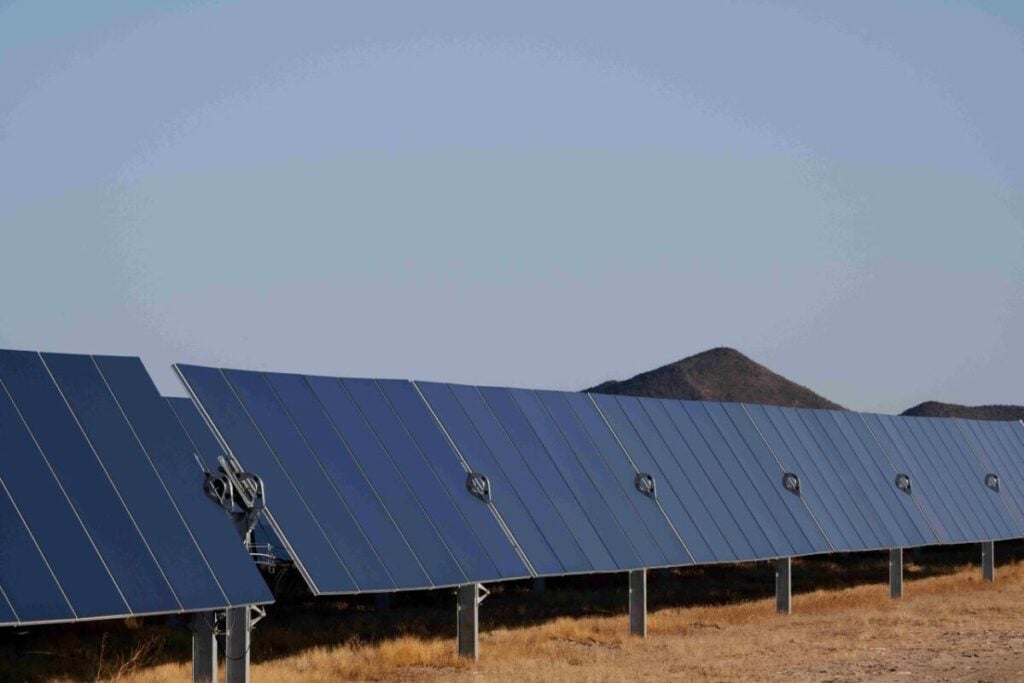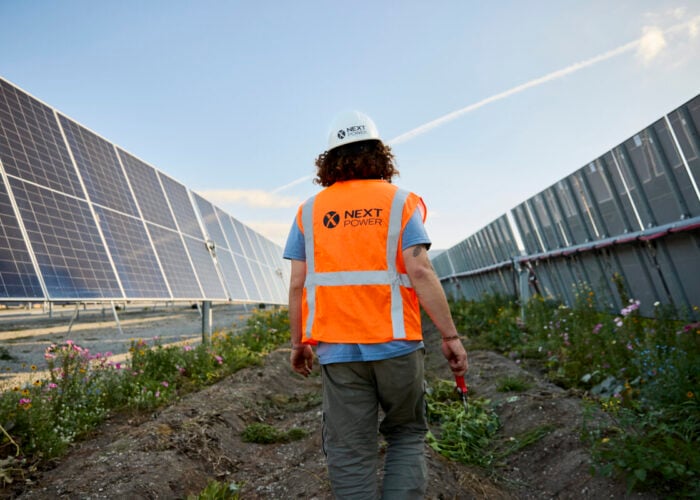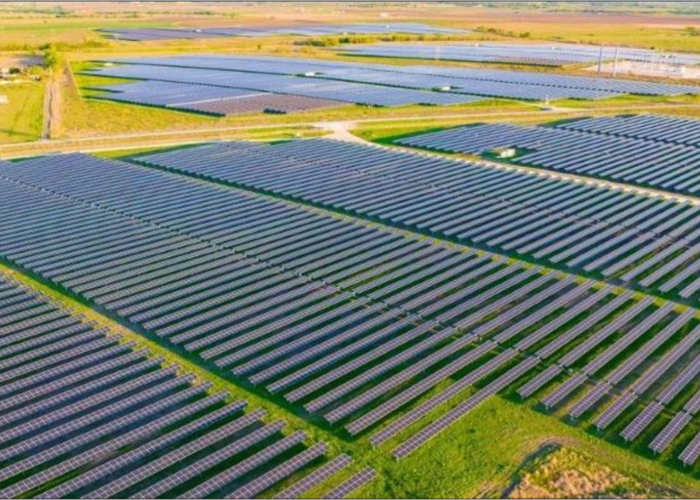
“All the low hanging fruit has gone” for large-scale solar developers in the US, according to CEO of EDP Renewables North America, Sandhya Ganapathy.
Ganapathy said that her company has consciously established solar, storage and wind projects in a “broad mix” of US states, partly through ambition and partly through pragmatism.
Try Premium for just $1
- Full premium access for the first month at only $1
- Converts to an annual rate after 30 days unless cancelled
- Cancel anytime during the trial period
Premium Benefits
- Expert industry analysis and interviews
- Digital access to PV Tech Power journal
- Exclusive event discounts
Or get the full Premium subscription right away
Or continue reading this article for free
“We need to follow the demand, follow the transmission and follow the emissions,” she said in an interview with PV Tech Premium today. That means going “deeper into the states both in terms of the land and the communities”, she said, adding that the company is going beyond a presence in major markets, like California and Texas’ ERCOT network.
She told us that the company, which has recently been active in Mississippi, Arkansas and Illinois, has seen a lot of demand coming from “super high-emissions states” like Kentucky and Michigan—traditional centres of fossil fuel production and heavy industry.
This process, Ganapathy said, is aided by the tax credits implemented by the Inflation Reduction Act (IRA) for building renewable energy projects in low-income areas or communities where existing energy facilities have been retired—known as “energy communities”.
However, the upwards trajectory of renewable energy demand across the US has not been without hiccups, most recently in one of the states Ganapathy mentioned.
Earlier this month, two Kentucky-based electricity utilities—Louisville Gas & Electric (LG&E) and Kentucky Utilities (KU)—released plans which will see the state open two new natural gas facilities and not add new solar PV capacity to the state until 2035 and open a new natural gas facility. It said these plans would only change if solar prices “become more economically competitive” or an enhanced solar plan is requested by utility customers.
This is despite what the utilities called an “influx” of demand from data centres in the state, saying that its forecast of increased load on the grid could not be met with solar PV.
An October report from the Lawrence Berkeley Laboratory said that the IRA’s energy community tax credits had yet to take effect, and that the percentage of projects over 5MW built in those areas had actually declined by 3% since 2021.
Community solar—another less obviously “low hanging” development opportunity—is set to have mixed fortunes for the rest of the decade. According to a report from Wood Mackenzie and the Coalition for Community Solar Access (CCSA), the US community solar market is set to grow by an average annual rate of 5% until 2026 before contracting by around 11% per year through 2029. This was due to IRA incentives being “difficult to count on”, a CCSA representative said.
Nonetheless, the broad picture for community solar—and US solar in general—is positive. The community solar market is set to reach 14GW by the end of the decade.






